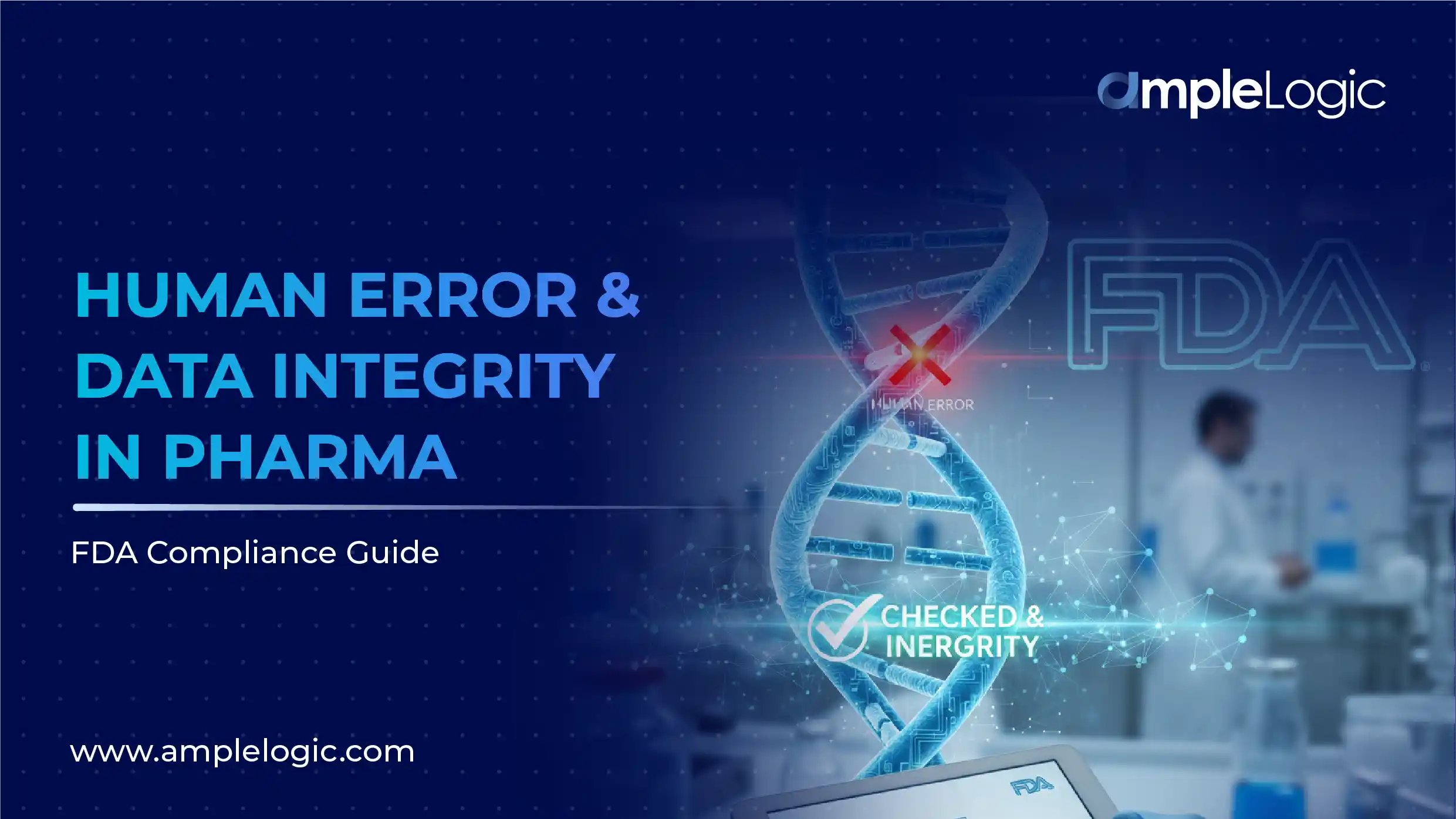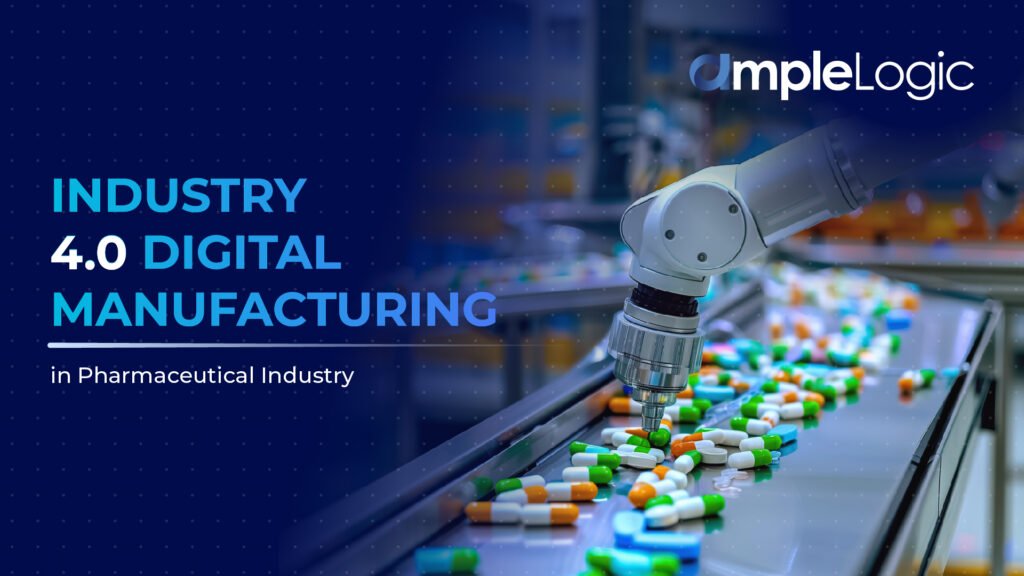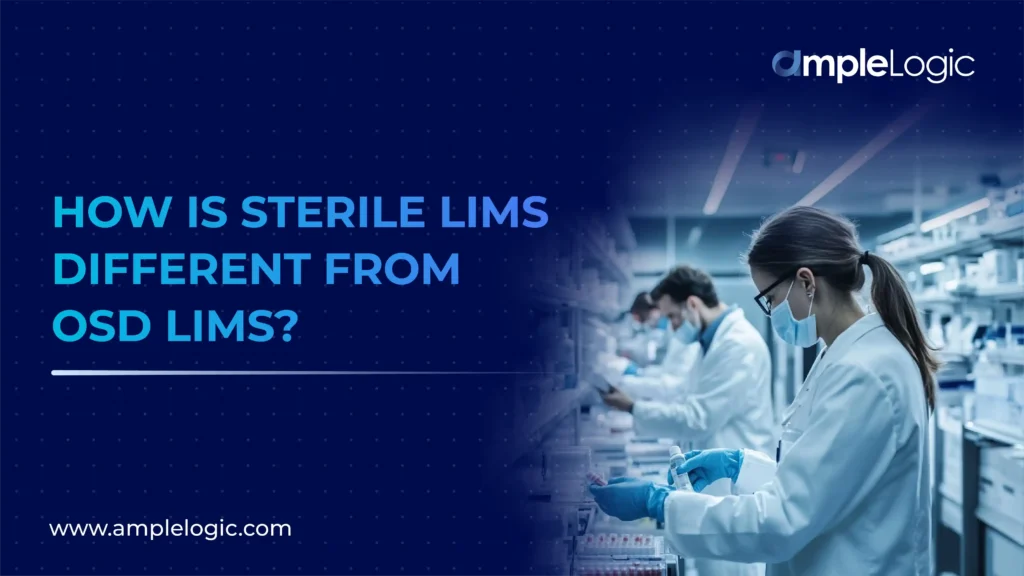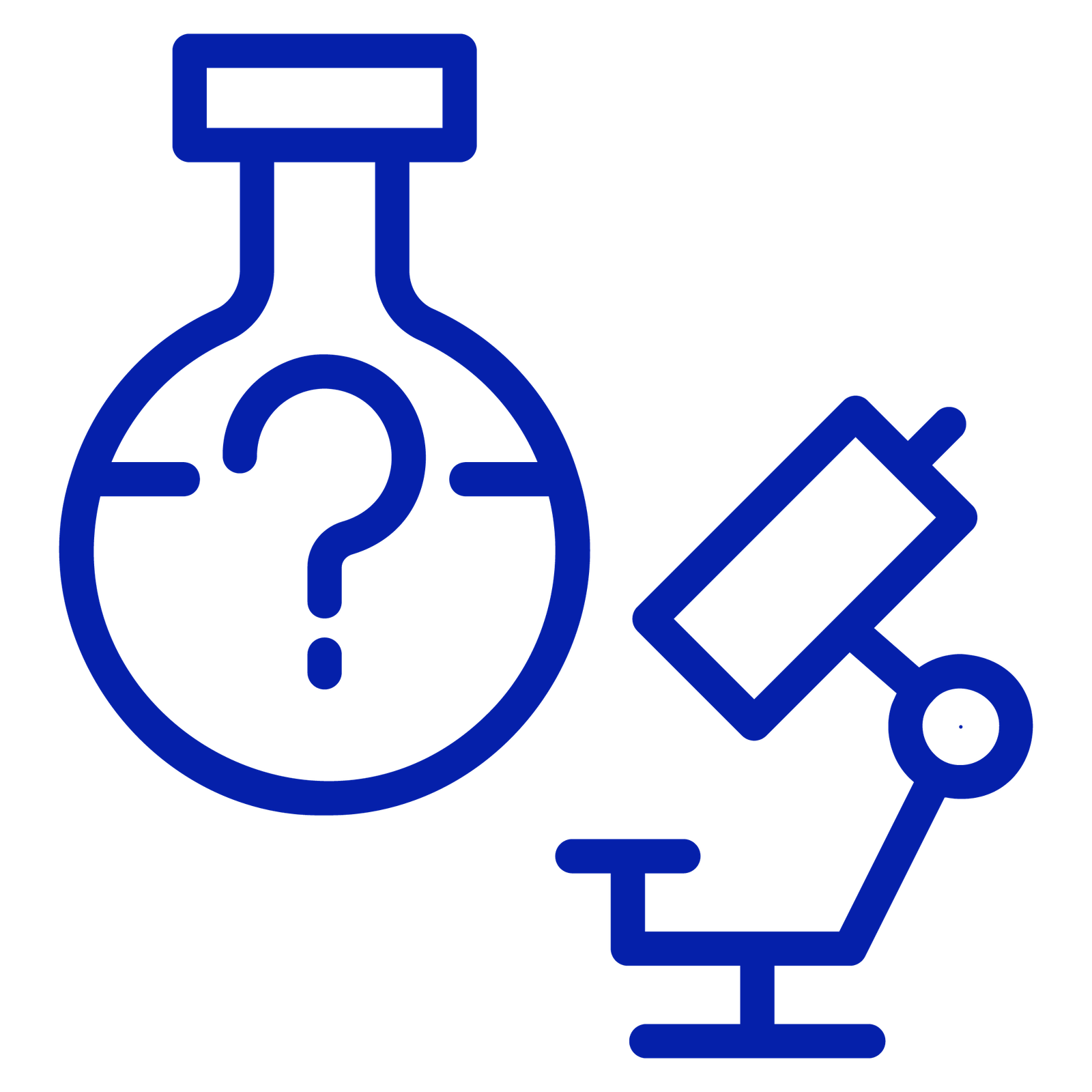
Human factors remain a frequent precipitant of data integrity in pharmaceutical industry failures in GxP environments. This article outlines the regulatory expectations under FDA, MHRA, EMA, WHO, and PIC/S, clarifies ALCOA+ principles, and presents practical controls, governance, role-based access, audit trail review, computerized system validation, and culture/competence measures that reduce human-error-related risks and support FDA compliance.
Background and Regulatory Focus
Data Integrity in pharmaceutical industry is a pillar of Current Good Manufacturing Practice (CGMP). FDA’s Data Integrity and Compliance With Drug CGMP: Questions and Answers clarifies expectations for contemporaneous recording, second-person review, secure role-based access, and reliable audit trails in both paper and electronic systems.
- The UK MHRA’s GxP data integrity guidance and subsequent updates reinforce that controls must assure records are attributable, legible, contemporaneous, original, accurate, complete, consistent, enduring, and available (ALCOA+).
- WHO’s dedicated data integrity guideline (TRS 1033, Annex 4) harmonizes many of these expectations internationally.
- EMA’s reflection paper describes the MAH’s responsibilities for GMP oversight across the supply chain, including robust data governance.
- PIC/S PI 041-1 provides inspectorate-level expectations for data governance and computerized systems.
The FDA publishes annual spreadsheets of Form 483 observation categories. While the mix varies by year, documentation/control-of-records and laboratory controls remain consistently cited areas. This highlights the ongoing need for clear documentation practices and maintainable audit trails.
Data Integrity and ALCOA+ in Practice
ALCOA+ applies equally to paper and electronic records: Attributable, Legible, Contemporaneous, Original, Accurate, plus Complete, Consistent, Enduring, and Available.
Some of the operational translations:
- Attributable: unique user IDs; prohibition of shared accounts; e-signatures bound to identity.
- Contemporaneous: real-time entries; no transcribing from uncontrolled “scratch pads.”
- Original: retention of raw data and true copies with validated migration when digitized.
- Enduring/Available: protected retention with reliable backup/restore and readable archives.
Human Error in Pharma: Why It Surfaces and How Regulators View It?
Regulators caution against closing investigations with “human error” as the root cause without demonstrating why system, method, or procedural factors were excluded. The MHRA notes human error should be cited only after ruling out process, training, and design contributors. Practically, recurring “operator mistakes” often signal issues such as ambiguous SOPs, poor interface design, insufficient role segregation, or absent second-person verification.
Where Failures Tend To Occur?
Recent FDA warning letters highlight important issues related to data integrity in drug manufacturing. These letters point out problems like
- missing or weak audit trails,
- incomplete reviews of raw data, and
- gaps in environmental and microbiology data.
All these issues can arise from human factors, such as uncontrolled user access and manual workarounds. Examples from letters sent in 2024 and 2025 remind finished-drug manufacturers of the basic requirements: secure systems, clear records, and validated processes.
Compliance Strategy: Controls That Reduce Human-Error Risk
Some of the compliance strategy that needs to be followed to control and reduce the risk of human error in pharma are –
1. Governance and Policy
- Data governance framework covering lifecycle controls (creation to archival/destruction), risk assessment, and management review. Align policy language to FDA Q&A guidance and WHO TRS 1033.
- Defined roles/responsibilities for system ownership, data steward(s), QA oversight, and periodic independent data reviews.
2. Access Control and User Management
- Unique credentials (no shared logins): Periodic access reviews; segregation between system administration and data generation/review roles. FDA explicitly recommends independent security role assignments or documented alternative controls for very small operations.
- Privilege minimization (least-privilege access) and prompt removal of orphaned accounts.
3. Audit Trails and Review
- Enable and retain audit trails for critical data; ensure they capture who/what/when (including reason for change) and are tamper-evident. (U.S. Food and Drug Administration)
- Routine, risk-based audit-trail review aligned to batch/data review processes, not a sporadic exercise. (This has been a recurrent expectation in findings and letters.) (pharmaceuticalonline.com)
4. Computerized system validation (CSV) and data flows
- Validate computerized systems proportionate to risk (intended use, data criticality). Follow PIC/S PI 041-1 expectations for specification, qualification, and periodic review. (PIC/S)
- Data flow mapping from instruments to LIMS/EBR to ensure no uncontrolled “gaps” (e.g., local PC storage, manual transcription). (World Health Organization)
5. Procedures and documentation design
- Write for usability: Clear, step-sequenced SOPs; no ambiguous options; embedded verification points where slips are likely. MHRA’s position on investigations implies procedure design must be considered before concluding “operator error.” (mhrainspectorate.blog.gov.uk)
- Controlled templates and forms; prohibition of uncontrolled worksheets; version control visible at the point of use.
6. Training and competence
- Competence-based qualification tied to specific systems and tasks, with periodic effectiveness checks (e.g., targeted observations, data-entry simulations), not just read-and-understood signatures.
7. Monitoring, trending, and self-inspection
- Quality metrics for DI (e.g., late entries, unplanned changes, invalidations, audit-trail anomalies) with CAPA triggers.
- Self-inspections including data integrity “deep dives” (e.g., time-stamped metadata consistency; comparison of sequences to worksheets; review of system admin logs). These are emphasized across the WHO, EMA, and MHRA expectations.
8. Supplier and service-provider oversight
- Extend DI controls to contract labs, cloud/SaaS providers, and data integrators; ensure audit-trail capability, validated interfaces, and contractual rights of audit. PIC/S stresses that the regulated entity retains responsibility for outsourced computerized services.
9. Backup, archival, and recovery
- Tested backup/restore procedures and protection against alteration; retention in a human-readable and retrievable form for the full period. WHO and FDA expect durable, accessible archives.
Investigation quality: Getting beyond “human error”
An effective deviation investigation demonstrates:
- What happened (fact pattern with time-synced records and metadata),
- Why it happened (systemic contributors evaluated), and
- How recurrence will be prevented (engineering/administrative controls, not only retraining).
The MHRA inspectorate has clearly stated that “human error” should not be the automatic reason for problems. Organizations need to look at how effective their training is, how clear their procedures are, the workload of their staff, and how well their systems are designed.
How AmpleLogic Helps Strengthen Data Integrity?
AmpleLogic’s low-code platform helps pharma companies reduce human errors in pharma and maintain data integrity across all GxP processes. It brings together role-based access, automated workflows, audit trails, and training in one connected system.
Key highlights:
- Built-in ALCOA+ Compliance – Every entry is time-stamped, user-linked, and traceable, ensuring data remains accurate and reliable.
- Role-Based Access – Prevents shared logins and limits access based on responsibility.
- Automated Workflows – Step-by-step digital workflows reduce manual mistakes in deviations, CAPA, and batch approvals.
- Audit Trail and Review Dashboards – Every change is logged, and QA can review data easily in one place.
- Training and Validation – Role-based learning modules ensure only trained staff perform tasks on validated systems.
- Secure Archival and Integration – Data stays retrievable and tamper-proof, with seamless links to ERP, LIMS, and other systems.
By digitizing and enforcing good practices, AmpleLogic helps pharma companies meet global regulatory expectations and data integrity in pharmaceutical industry with confidence and consistency
Conclusion
Human error in pharma remains visible in many data-integrity failures, but regulators expect systems that make the right action the easy action and make deviations detectable. Aligning governance, access control, audit-trail review, CSV, and investigation discipline with FDA/MHRA/WHO/PIC/S expectations provides durable compliance and better product and patient protection.
Thus, this is where solution platforms like AmpleLogic help life sciences and other industries move from manual, error-prone processes to structured, traceable, and compliant digital operations. By embedding data integrity in pharmaceutical industry at every step from entry to archival, it ensures that information stays reliable, reviews become simpler, and compliance becomes a natural outcome of daily work.
Explore how AmpleLogic’s low-code compliance platform helps global pharma companies ensure audit readiness and data reliability.





























